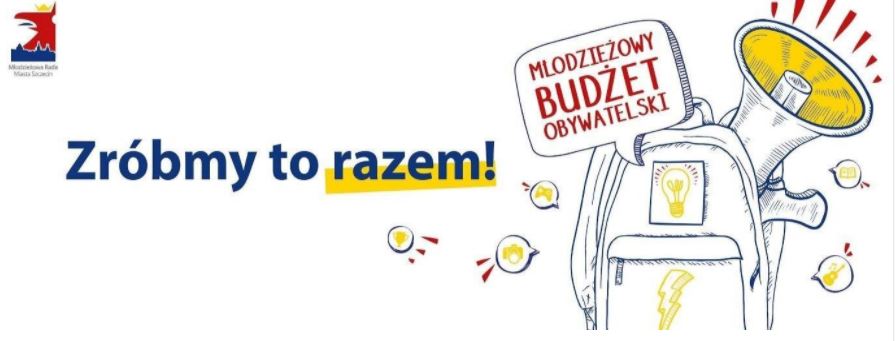
Youth participatory budget in Szczecin
Description
Participatory activities in the form of a school participation budget were conducted in 38 secondary schools. It was a piloting phase. Each school had the budget of EUR 1874 at its disposal for infrastructural and soft activities. The participatory budget was initiated by the Youth City Council of Szczecin.
Preparation
Main objectives were: promoting active citizenship among young people, enabling students to feed into the development of the schools which they attend to, shaping so-called soft skills such as: teamwork, planning and project dissemination. The concept of the process was initiated by the Youth City Council and developed together with officials and councillors from the Commission for Social Initiatives, Sport and Youth.
Implementation
Projects could be submitted by a group of at least three students. The proposed activities had to comply with the school statutes. The Committee was established in each school participating in the youth participatory budget. The task of this committee was to register and accept the submitted projects in terms of their compliance with the school's statute and to prepare the list of projects considered to eligible for voting.
The Committee was composed of the headmaster or a person authorized by him; the guardian of the student government and two representatives of the student government. The project was selected by double voting. In the first phase, the Committee voted - it was a formal evaluation of applications. All projects which were selected at this first stage were subject to voting which all students of a given school participated in. The projects with the highest number of votes were submitted to the headmaster of a given school, who implemented them in consultation with their authors.
Traditional forms, e.g. posters as well as social media were used in informing about the project and promoting it. The promotional film was created. https://www.facebook.com/MRMSzczecin/videos/404742086987068/
Ways of engaging young people
Projects could be submitted by groups of at least 3 people. This was due to the assumption that students could develop soft working skills in small groups thanks to this project. Students were also involved in the implementation of the successful projects (e.g. joint planning of the relaxation corner in the school corridor).
Role of young people
- Participants
- Helpers
- Organizers
Positive aspects of the project/process
- Young people could decide how the common space at their school should look like;
- Young people felt that they had something to say;
- Significant media attention;
- The initiative started with young people - they were the ones who convinced the decision-makers of their idea!
Main obstacles to the project/process
Main obstacle was convincing local authorities that the idea was right.
The coordination of such a large project (the whole project is around 500,000) by young people from the Youth City Council themselves was difficult, without much experience in implementing similar activities.
Opinion after implementation
The actions will be carried out again. They are going to be permanently implemented in all secondary schools. In 2020 the project implementation was stopped due to the Covid-19 pandemic.
Accountability of resources
The City of Szczecin – the City Hall was financially responsible, the Youth City Council of Szczecin was responsible for the organization.
1-3 tips (advices, warnings) from organizers or participants
It is important that young people were involved from the beginning. The process was planned together with them.
The good and constant cooperation among the city hall and the organisers (the Youth City Council) is crucial. In this case, this collaboration was excellent.
Links to examples of application forms, voting styles, tools
The regulation of the president of Szczecin with regulations and the voting card:
http://bip.um.szczecin.pl/chapter_131182.asp?soid=1E9AB1587CA44F0DAC968082714549DE.